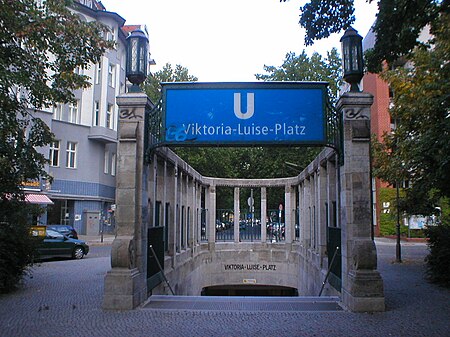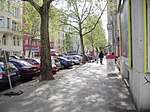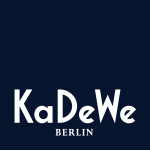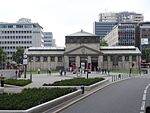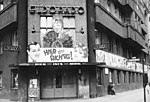The Eldorado was the name of multiple nightclubs and performance venues in Berlin before the Nazi Era and World War II. The name of the cabaret Eldorado has become an integral part of the popular iconography of what has come to be seen as the culture of the period in German history often referred to as the "Weimar Republic". Two of the five locations the club occupied in it's history are known to have catered to a gay crowd, though the phrase gay bar, which could conjure up images of the type of bar that became common after World War II catering first and foremost to gay and lesbian clientele, does not accurately describe what an establishment like Eldorado to a certain extent was, and what similar venues still are to this day. Perhaps because in the present day it is no longer legally problematic in many places to be "suspected" of being gay, and likely due to the impact of internet on the entertainment industry in general, the popularity of establishments offering drag shows, etc. for the entertainment of a largely presumed to be heterosexual audience has somewhat waned. Never the less locales that offer ostensibly queer entertainment of some kind for the pleasure of heterosexuals (often, but not solely for heterosexual men), are very much still existent in the present. Eldorado was a gay cabaret in that along with gay, lesbian, bisexual, trans* patrons, a heterosexual-identifying audience (artists, authors, celebrities, tourists) would have been present as well. "Cross-dressing" was tolerated on the premises, though for the most part legally prohibited and/or sharply regulated in public (and to an extent in private) at the time. This exception to everyday life attracted not only male patrons who wished to dress in the "clothing of the opposite sex", and their admirers, but also to no small extent women who wished to do the same, and their admirers. Wealthy lookers-on were encouraged to come and drink and watch as so-called "Zechenmacher" (tab payers). The practice was particularly common in so-called "Lesbian bars" or at so-called "Lesbian balls" in the neighborhood at the time and up the 1960s in places like the Nationalhof at nearby Bülowstraße 37. As women's incomes were on average much lower than men's then as now, male spectators with money to spend were explicitly welcome, and it was not uncommon that there were sex-workers present to offer their services. Eldorado also included what have come to be called drag shows as a regular part of the cabaret performances. There were numerous somewhat similar establishments to Eldorado during its day. The club has been described by writers, and artist and has been immortalized in paintings and photographs. However the eradication during the Nazi Period of any and all references to queer life in Germany was so thorough, that very little explicit public, or even archival reference to the clubs queer history remained by 1945. Criminalization made researching, speaking, or writing about queer realities a legal risk during the first decades following WWII, not only in Germany. That the cabaret Eldorado is remembered at all, is due in no small part to its central role in inspiring the novels of the Anglo-American author Christopher Isherwood and to the Broadway musical and moreover to the 1972 film Cabaret inspired by Isherwood's novels. At the same time historians, and activist of the Gay liberation movement, and of the ensuing LGBT rights movement began piecing back together was is now called queer history. Eldorado thereby became a prominent part of the telling of LGBTIQ+ histories.
